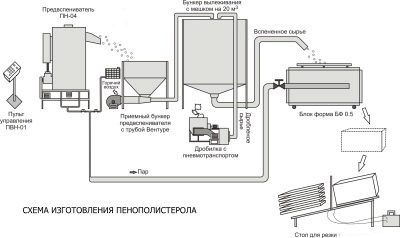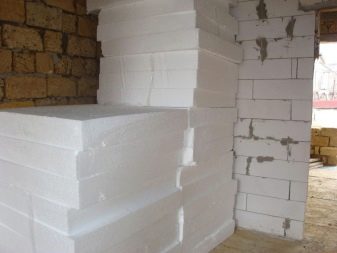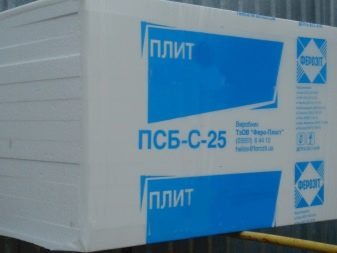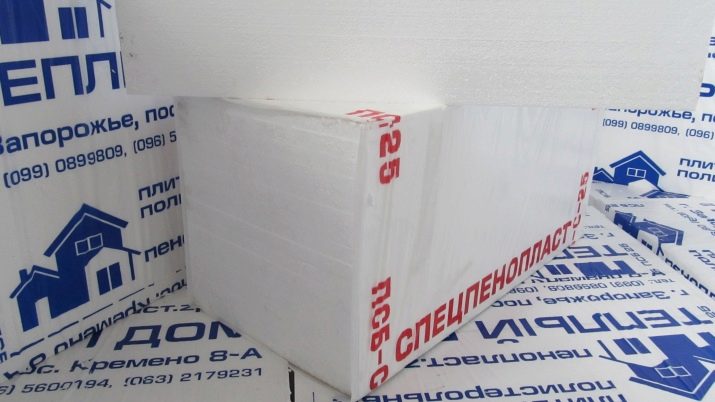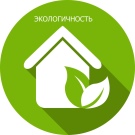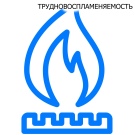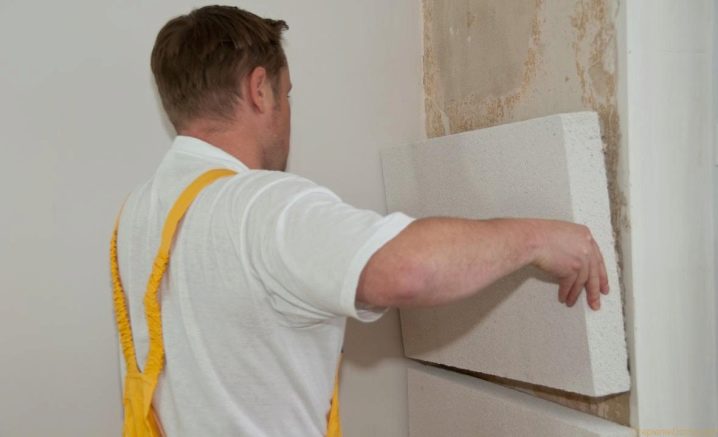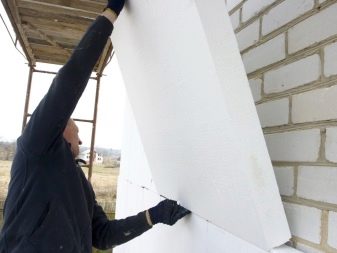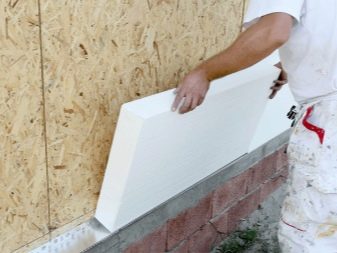Polystyrene foam PSB-S 25: technical characteristics and applications
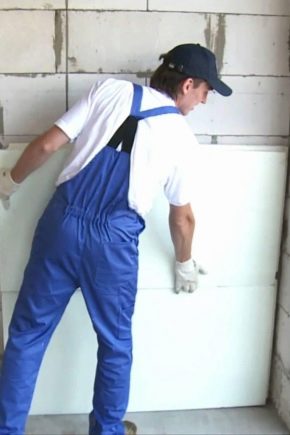
The modern market of insulating building materials offers a wide range of products to the attention of buyers. The leading position among them is expanded polystyrene. It can be of several types, depending on the method of manufacture and the composition of raw materials. The most popular is polystyrene foam PSB-S 25.
Manufacturing
The principal feature of polystyrene foam production is the effect of steam on gas-enriched and polystyrene granules placed in suspension. In this case, there is a manifold increase in the particles, which is accompanied by their displacement from the mold and sintering among themselves.In this way, a granulated mass is formed, the bulk component of which is predominantly gas.
Such a structure and composition of the material directly affects its heat and sound insulation characteristics.
Specifications
Technical characteristics of polystyrene foam correspond to GOST 15588-86. In the regulatory document the abbreviation of the product is deciphered, where:
- PSB stands for production method;
- C indicates the presence of flame retardants in the composition, which improve fire performance;
- The number 25 denotes the density per 1 m3.
Expanded polystyrene PSB-25 has several advantages over other materials. It is worth highlighting the main ones.
- Thermal conductivity. The coefficient varies in the range of 0.038-0.043 W / mK.
- Vapor permeability This indicator indicates the removal of moisture from the room through the materials used. In this case, the figure is 0.05 Mg / (m * h * Pa).
- Water absorption. The indicator characterizing the ability of a material to absorb moisture. Measured as a percentage of volume in 24 hours. PSB-25 has an indicator of no more than 2%.
- Degradation temperature. The indicator of destructive (destructive) temperature is 160 degrees. This material belongs to the class of flame-retardant materials and has the ability to self-extinguish.
- Durability. Due to the wide range of degradation temperatures, PSB-25 is not significantly affected by destructive external factors. In that case, if it is not exposed to direct UV rays, the interaction with solvents and acid concentrates, the service life is at least 80 years.
- Good compressive strength and high flexural strength. These values for PSB-25 are 160 and 250 kPa.
- Environmental friendliness and hygiene. This material is widely used to create food packaging.
Dimensions of PSB-S 25 are registered in GOST. It is produced in the form of plates, the standard length of which ranges from 900 to 5000 mm. At the same time the width indicator varies in the range from 500 to 1300 mm, thickness - from 20 to 500 mm.
Dimensional characteristics of PSB-S 25 manufacturers indicate in the following format: 1200x1000x60 mm, where:
- 1200 and 1000 are the length and width of the sheet;
- 60 mm is its thickness.
The indisputable advantages of polystyrene include low cost relative to similar materials with higher density, as well as ease of installation.It is known that the use of additional equipment and tools significantly increases the cost of finished objects. Polystyrene is lightweight and does not require the use of a crane when climbing up to the floor. It can be cut with an ordinary knife, while the sheet is quite easy to give the desired shape.
By cons PSB-C 25 can be attributed to its flammability, despite the rapid attenuation, as well as brittleness in the process.
Scope of application
The advantages of polystyrene, its physical characteristics allow to use this material productively in different areas. Expanded polystyrene is used for warming roofs, attics, floors, walls. Due to the high strength of the PSB-C 25 perfectly maintains the load from the roof, directly supported on the slab.
It is used to create heat and sound insulation of buildings.
Also, polystyrene foam PSB-S 25 is used as a middle layer in the production of sandwich panels. They are insulated water pipes from freezing, used for packaging. For exterior thermal insulation of facades, an analogue with the marking PSB-S 25 F is better suited. It is designed specifically for exterior work, followed by plastering and painting walls.This material is suitable for figure cutting, creating three-dimensional facades.
The financial benefit from the use of polystyrene foam PSB-S 25 is obvious. It allows you to reduce the cost of heating buildings, to create an effective and durable insulation system.
In buildings, insulated with polystyrene, create the most comfortable living and working conditions.
PPS-25, as well as PSB-S 25 (M25) is used for insulation. The difference lies in the fact that a more dense and durable PPS-25 is better suited for use in places with significant loads (such as parking for cars, underground playgrounds, lawns, sports grounds, skating rinks). PPS-25 is also used for waterproofing underground utilities. It can easily be replaced with PSB-S 35 without degrading the technical characteristics of the work performed.
For more information about the technical properties and scope of PSB-S 25, see the following video.

